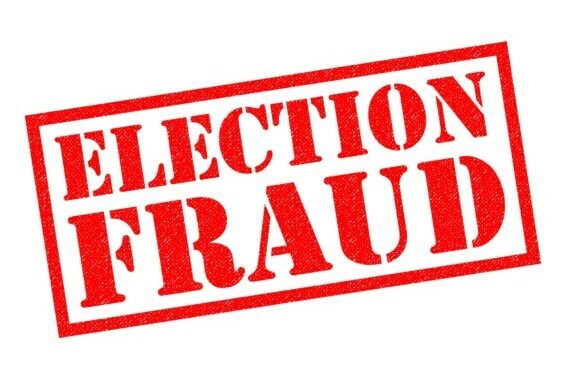
Election fraud, a grave concern for democratic societies, undermines the foundation of fair representation and the integrity of electoral processes. It encompasses a range of illicit activities aimed at manipulating or distorting election outcomes. In this article, we delve into the complexities of election fraud, exploring its types, methods of detection, and the strategies employed to resolve and prevent such irregularities.
Types of Election Fraud: Unmasking the Threat
Election fraud can manifest in various forms, including voter impersonation, ballot stuffing, vote buying, and manipulation of voter rolls. Some instances involve tampering with voting machines, false reporting of results, and improper campaign financing.
Detection Methods: Unearthing the Truth
Authorities utilize a combination of methods to detect election fraud. These include data analysis, statistical anomalies, and forensic investigations into irregularities. Whistleblower reports and citizen vigilance also play a role in bringing suspicious activities to light.
Legal and Legislative Safeguards: Upholding Accountability
Robust legal frameworks and electoral laws are essential for deterring and addressing election problems. Measures such as voter identification requirements, ballot tracking, and transparent reporting mechanisms contribute to accountability and fairness.
Independent Election Monitoring: Ensuring Transparency
International and domestic election monitoring organizations play a critical role in promoting transparent and credible elections. Observers assess the conduct of elections, detect irregularities, and provide recommendations for improvement.
Auditing and Recounting: Uncovering Accuracy
In cases of suspected fraud, audits and recounts may be conducted to verify the accuracy of the results. These processes involve thorough examination of ballots, voting records, and administrative procedures.
Legal Proceedings: Pursuing Justice
When evidence of election fraud surfaces, legal proceedings must be available. Courts review the evidence, evaluate the impact on the election outcome, and may order remedies such as annulment, re-election, or penalties for those found guilty.
Prevention and Deterrence: Safeguarding Democracy
Preventing election fraud is as crucial as resolving it. Enhancing voter education, raising awareness about electoral laws, and implementing secure voting technologies contribute to deterring potential fraudsters.
International Cooperation: Sharing Insights
Collaboration among nations fosters the exchange of best practices in combating election fraud. International organizations and forums provide a platform for sharing insights, resources, and expertise.
Technological Solutions: Securing the Process
Innovative technologies, such as blockchain and secure voting platforms, are being explored to enhance the security and transparency of the electoral process, making fraud detection and prevention more effective.
Public Trust Restoration: Upholding Democracy’s Pillars
Addressing and resolving election fraud is not solely about correcting outcomes—it’s about restoring public trust in democratic institutions. Transparent investigations, accurate resolutions, and preventative measures reinforce the foundations of democracy.
Conclusion: Safeguarding Democratic Values
Election fraud threatens the essence of democracy by eroding the principles of fairness, representation, and accountability. Detecting, addressing, and preventing electoral irregularities is a collaborative effort involving legal frameworks, technological advancements, public vigilance, and international cooperation. Upholding the integrity of democratic processes requires constant vigilance and a commitment to ensuring that the voice of every citizen is heard without distortion or manipulation.
